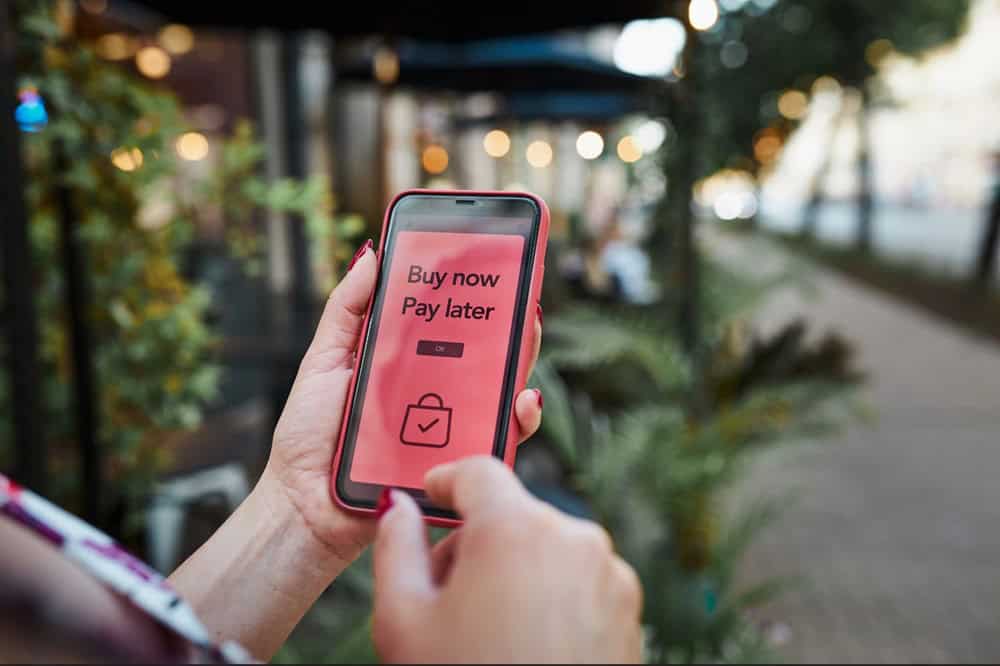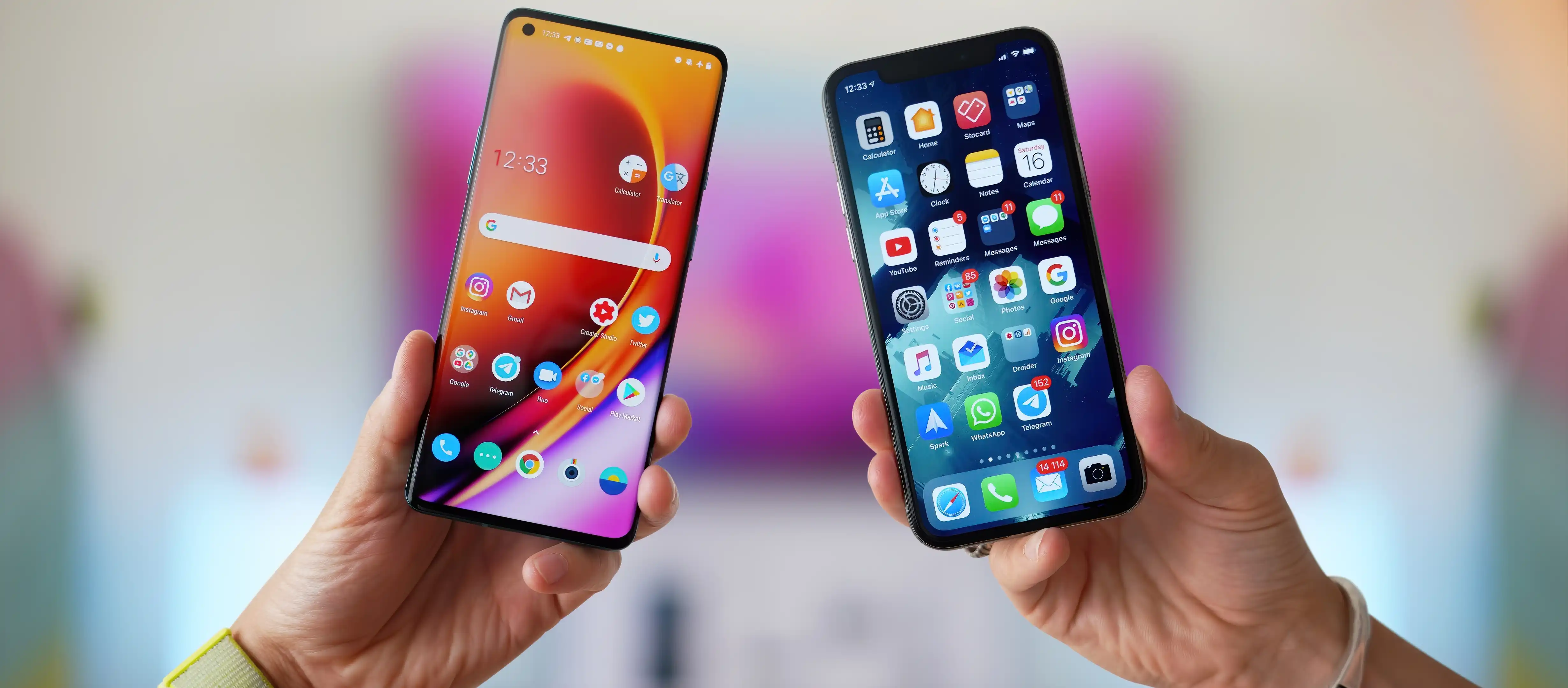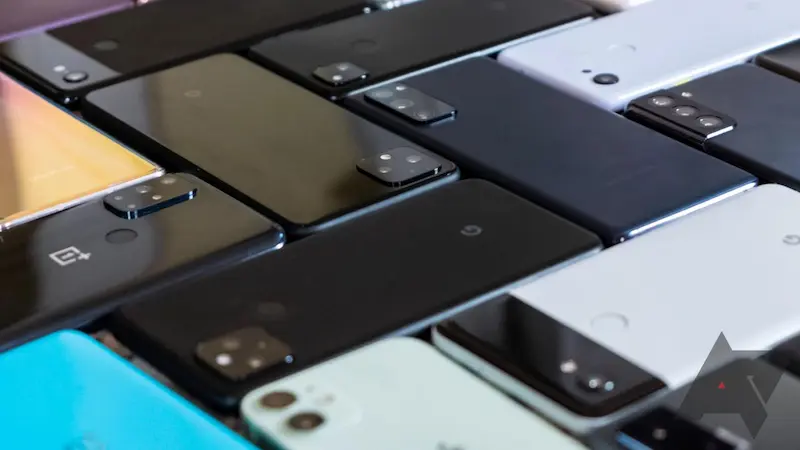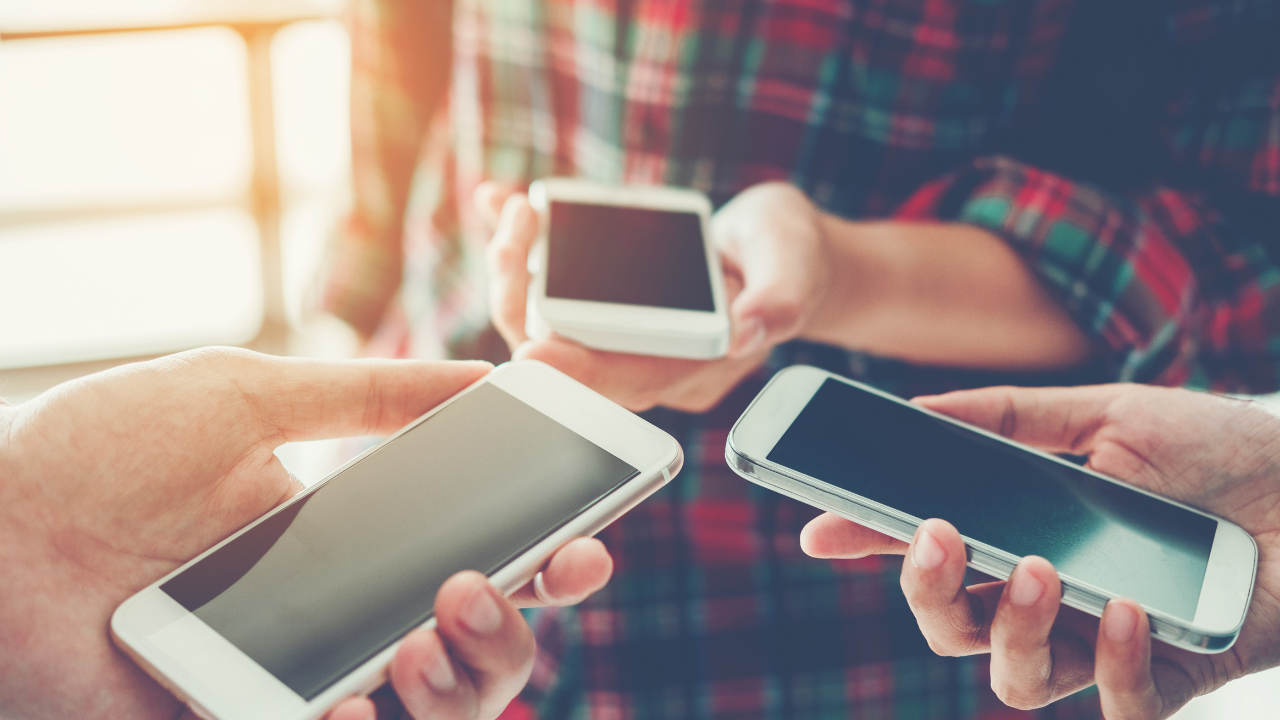Government-Sponsored Programs
At the forefront of these initiatives is the Lifeline Assistance Program, administered by the Federal Communications Commission (FCC). This well-known government program provides discounted or free phone services to eligible low-income consumers across the United States. The Lifeline program is designed to make essential communication services more accessible and affordable for those who might otherwise struggle to afford them.
Eligibility Requirements
To qualify for the Lifeline Assistance Program, applicants must meet specific eligibility requirements based on either their income or participation in certain government programs. Here’s a breakdown of the criteria:
- Income Guidelines: Applicants must have a household income that is at or below 135% of the Federal Poverty Guidelines. This threshold varies based on the number of people in the household and adjusts periodically.
- Participation in Assistance Programs: Individuals receiving benefits from governmental assistance programs automatically qualify for Lifeline. Relevant programs include:Supplemental Nutrition Assistance Program (SNAP)MedicaidSupplemental Security Income (SSI)Federal Public Housing Assistance (FPHA)Veterans Pension benefits
- By allowing dual pathways to eligibility—income-based criteria and assistance program participation—Lifeline ensures that those in the most critical need are more easily able to access its benefits.
Application Process
Applying for the Lifeline Assistance Program involves several steps:
- Check Eligibility: Start by assessing whether you meet the income guidelines or participate in any of the designated assistance programs. Many resources are available online, including the FCC's own guidelines, which can help determine your eligibility.
- Select a Provider: Lifeline is not a direct service but rather a subsidy offered through participating providers. Therefore, the next step is to choose a participating Lifeline provider in your state. Each provider may offer different packages or services, so it’s worth researching options to find the one that best suits your needs.
- Apply: Once you have selected your provider, you need to fill out an application. This usually involves providing personal information, income verification, or proof of participation in qualifying programs. Each provider has its own application form, which can typically be submitted online, by mail, or over the phone.
- Receive and Activate: After your application is approved, you will receive your free or discounted phone. Providers typically include instructions on how to activate your device. This may involve inserting a SIM card, following activation prompts, or contacting customer service for assistance.
Benefits
The Lifeline Assistance Program provides a range of essential services to help bridge communication gaps. Recipients typically enjoy benefits such as:
- Voice Minutes: Essential for making and receiving calls without fear of overage charges.
- Texts: An important feature for those who may not want to engage in voice calls, allowing quick communication without the need for an extensive plan.
- Data Usage: Many providers offer mobile data, which enables internet access for browsing, navigation, and accessing social media or job search sites.
- Smartphones: Some Lifeline providers have begun offering smartphones, enabling recipients to utilize apps for education, job searching, health management, and more.
- By providing these features, the Lifeline program ensures that low-income individuals can participate fully in society and access essential services that may be otherwise out of reach due to financial constraints.

Next Page
You May Also Like
-

Buy Now, Pay Later (BNPL) Phones: A Convenient Way to Own Smartphones
Buy Now, Pay Later (BNPL) is a popular payment model that allows consumers to purchase smartphones without paying the full amount upfront.
-

Understanding the Application Process for Free Mobile
Access to mobile phones and reliable internet is essential. Mobile phones facilitate communication, enabling connections with family, friends, and vital services while providing access to education, job opportunities, and emergency resources. However, many low-income households face barriers to affording these necessities, worsening social isolation and hindering economic advancement.
-

Choosing the Best Free Smartphone for Your Needs
Discover how to choose the best free smartphone for your needs. Learn about usage assessment, available programs, specifications, additional features, and final decision-making tips to enhance your experience.
Popular Blog
-

Affordable Alternatives When You Don’t Qualify for Free Government Phones in the U.S.
Don’t qualify for a free government phone like Lifeline? This article explores affordable options for staying connected. Discover prepaid plans, discounted deals, the used phone market, and how to leverage free Wi-Fi and community resources to maintain essential communication on a budget.
-

How to Get a Free Tablet from Government Programs
In this article, we’ll explore these programs, the types of tablets you can get, and the carriers currently participating in these initiatives.
-

How to Check Your Eligibility for Free Cell Phones and Services
Learn how to check your eligibility for free cell phones and services through programs like Lifeline and ACP. Discover income-based requirements, application steps, and benefits.





